After a few messages, a school reporter emailed the students for a day off, and so everyone decided to keep their kids home.
Hanoi residents, after recent floods, have learned how to protect themselves.
Hanoi was flooded again after a night of heavy rain. Nguyen Trai, Truong Chinh, To Hieu, Pham Van Dong… turned into rivers again. But unlike last week – when storm No. 10 caused the city to “break out” – this time, people saw one thing clearly: the government responded faster, coordinated better, and seemed to have learned from experience.
The education sector is the most obvious example. After many years of waiting for instructions from “top down”, school principals now have the freedom to decide whether to let students take time off depending on the actual situation. A small but valuable change: the initiative is given to the person directly responsible.
When schools in flooded areas can handle the situation flexibly, students are safer, traffic is less stressful, and parents are reassured. That is a sign of a system that has begun to truly decentralize and take real responsibility.

Many streets in Hanoi were flooded again, making travel difficult this morning. Photo: Hoang Ha
A week ago, the rain caused by storm No. 10 caused nearly a hundred flooded areas, thousands of vehicles stalled, students were stranded, and the streets were paralyzed. The entire city was submerged, and the administrative apparatus was almost unable to react strongly enough.
But when storm No. 11 entered, the situation was completely different. The telegram was issued early, Chairman of the City People's Committee Tran Sy Thanh held an urgent meeting, requesting "no surprises in any situation". The city mobilized 17,000 people, more than 2,000 vehicles and 624 pumping stations to operate continuously.
It is a sign of a government that has learned from experience and acted more quickly.
After storm No. 10, social media was flooded with criticism: lack of warning, lack of command, lack of leadership. This time, the government did not avoid, but listened. The city reviewed the warning process, reassigned responsibilities, and increased communication.
That is the right way to do it: to treat people's feedback as real data to adjust, not noise to ignore. A government close to the people is a government that listens to change, not listens to justify.
However, listening to the people is not enough if infrastructure remains stagnant. Listening is a short-term response; drainage capacity is the long-term test of a city.
Flooding will still be painful
Hanoi’s drainage system is alarmingly weak. A representative of the Hanoi Drainage Company admitted that the entire system can only handle 50mm of rain per hour, while the rain caused by storm No. 10 reached 500mm in 10 hours – more than eight times the design capacity.
A paradox that has lasted for many years: old inner-city districts such as Hoan Kiem, Ba Dinh, Dong Da – where underground sewer systems have been invested in for a long time – now have better drainage than new urban areas in the West and South such as Cau Giay, Ha Dong, Nam Tu Liem, Hoai Duc, where water still drains naturally.
Buildings grow faster than sewers, roads open but water has nowhere to go. The fastest growing areas are the most prone to flooding.
Of the three main pumping stations (Yen Nghia, Dao Nguyen, and Chem), only Yen Nghia has been completed, but the La Khe canal is still unfinished, so it can only operate at 50-70% capacity. The remaining two stations have not yet started construction.
Every time the Nhue River rises, water from My Dinh, Ha Dong, An Khanh… cannot escape and even flows back into residential areas.
A city of more than 10 million people cannot prevent flooding with just a few telegrams and pumping stations are not enough.
Despite improved government response capacity, poor drainage infrastructure still makes all efforts a chase after water. Every heavy rain exposes delayed projects, unfinished planning, and undisbursed investment capital.
When flooding occurs, public opinion puts the blame on the Drainage Company – while drainage capacity is the result of the entire planning, investment and monitoring system. A city cannot prevent flooding by blaming the weather.
If we want Hanoi to stop flooding, we must change our way of thinking: drainage is not just the job of the Department of Construction, but a comprehensive problem of urban planning, trees, lakes, traffic, and the river and lake system in the suburbs. We cannot continue to grant licenses for high-rise buildings and new urban areas while drainage infrastructure is still “waiting for projects”.
The city has shown a spirit of openness, but real reform will only begin when trillion-dollar projects are no longer on paper. If storm No. 10 was a test of the ability to react, storm No. 11 was a test of the ability to learn – and the next test will be the ability to act.
Natural disasters are unpredictable exams, and Hanoi is taking them again after each storm. This time, the city does better – more responsive, more coordinated, more responsible.
But to reassure people, another “test” is needed: the test of effective public investment, long-term planning and clear accountability.
When the streets are no longer flooded, when the rain is no longer a disaster, when parents no longer have to anxiously ask “Will the students have a day off today?” – only then will Hanoi truly overcome its own lesson.
Vietnamnet.vn
Source: https://vietnamnet.vn/sau-mot-tuan-ha-noi-da-biet-hoc-bai-cua-chinh-minh-2449979.html



![[Photo] Prime Minister Pham Minh Chinh chairs the 16th meeting of the National Steering Committee on combating illegal fishing.](https://vphoto.vietnam.vn/thumb/1200x675/vietnam/resource/IMAGE/2025/10/07/1759848378556_dsc-9253-jpg.webp)
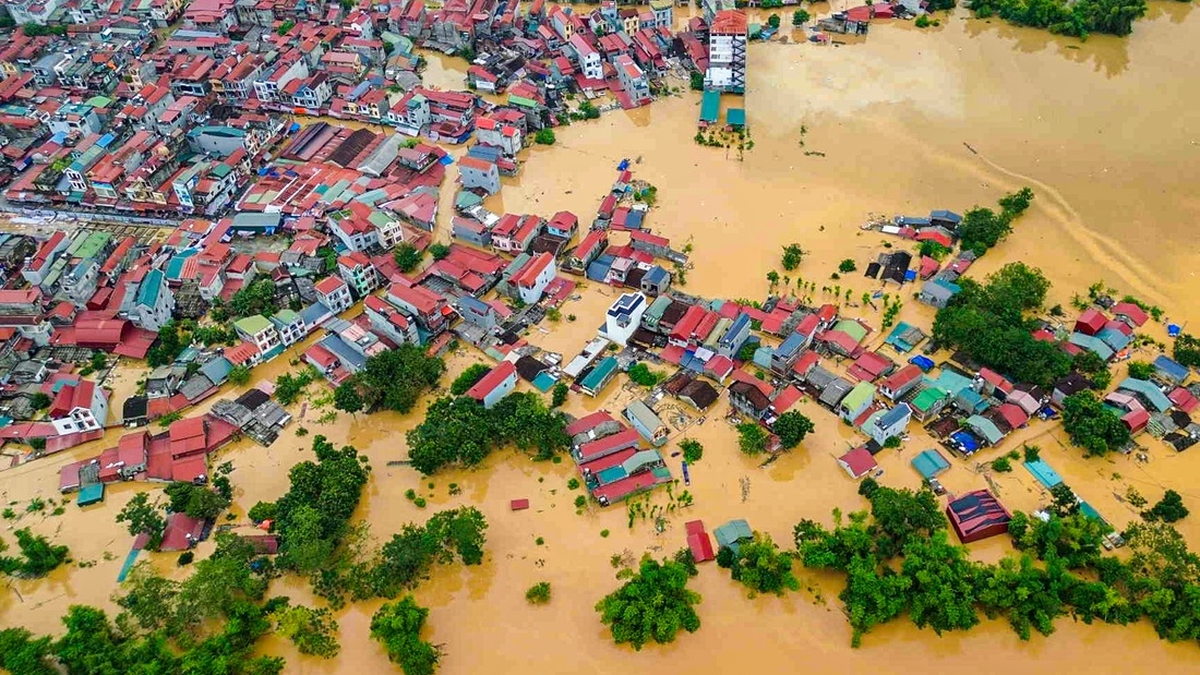



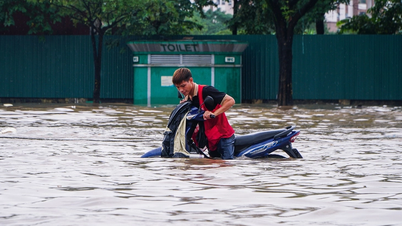



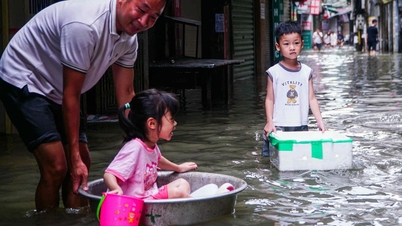




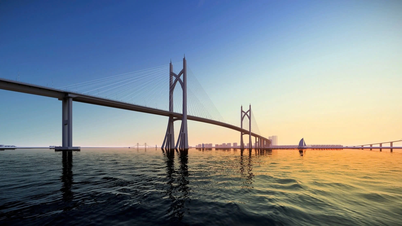

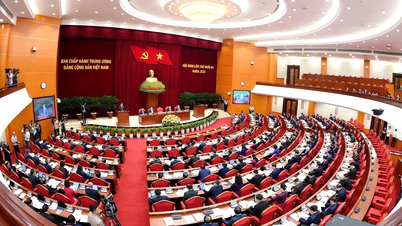



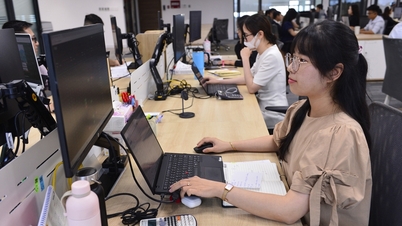















































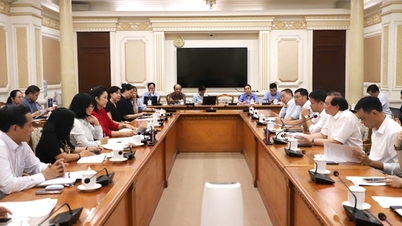








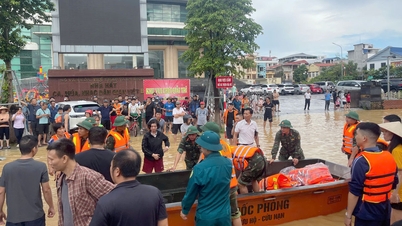

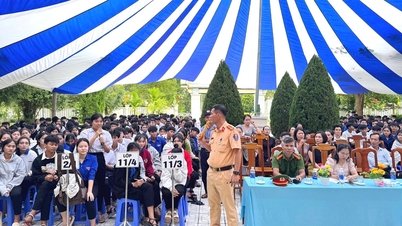















Comment (0)